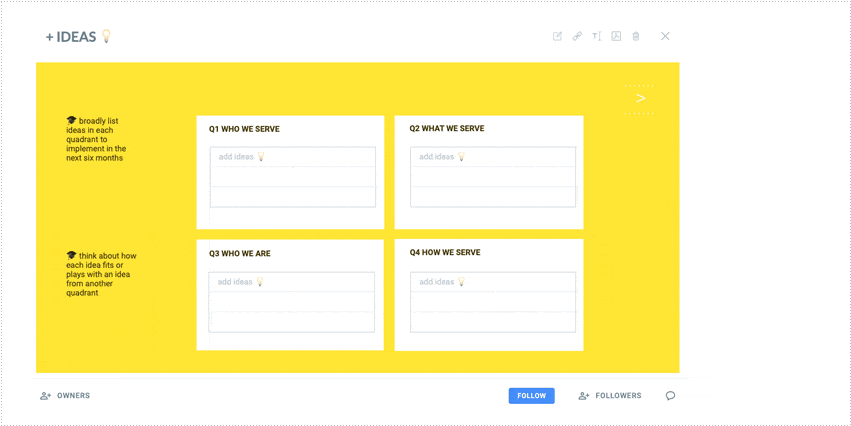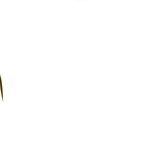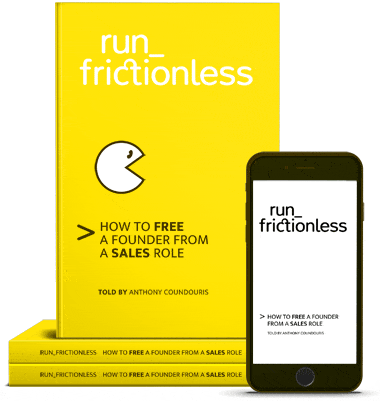
Seven levers of frictionless customer experience
>
Seven levers of 🌈 frictionless customer experience
Everywhere you look, 👀 organizations big and small are trying to introduce frictionless customer experience and remain competitive. During times of economic uncertainty, eliminating friction is crucial for restoring predictable revenue.
A frictionless buying decision is effortless for the customer. It feels like a natural, 🌈 wonderful experience, where every detail has been considered and no thinking is required on the part of the customer.

When Amazon introduced the one-click buy button, they recognized some of their customers wanted an express experience. The one-click buy button saves repeat buyers an average of 8 minutes when purchasing from Amazon.
An express lane is a step towards a 👌 frictionless customer experience.
What does friction feel like?
Friction slows the customer from reaching their goal, and equally 👎 slows the sale. Friction is introduced when there is a mismatch between the customer’s goal and the company’s goal.
Think about a difficult interaction you’ve had as a customer. The experience, fraught with friction, causes you to quit, walk-off, and forget you ever wanted the product. The effort required outweighs the perceived benefit of the product.
David Bell, CEO of JustPayroll, tells a story where he visited a department store to 🛍️ purchase a television set. He had the product in his hand, the money in his hand, and he said to the salesperson ‘I would like to make a payment and leave’.
The salespeople serving couldn’t understand that David needed to be put into an 🦄 express lane. Instead, the salespeople took David through a long-winded journey and made him start the process from the beginning.
In trying to serve the company’s needs, the company creates friction which causes customers to drop-off.
Drop-off is when a customer delays or abandons their goal, due to 😖 overwhelming friction. As a rule of thumb, avoid friction by ensuring your organization satisfies this equation.

run frictionless and make more sales
Paradoxically, organizations that help customers reach their goal first, are more likely to reach their revenue targets. We estimate established businesses which have not built an express lane are losing 5-7% in sales per annum.
This is because friction and sales are negatively correlated. When you eliminate friction, you stand to not only 🏆 improve customer experience but simultaneously improve sales.
In the department store example we gave, customers were not the only victims of friction. The salesperson is spinning wheels trying to sell the television set.
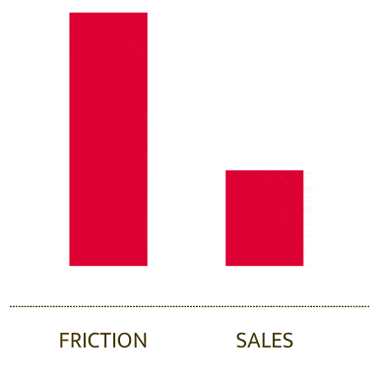
-
🎙️
-
‘These salespeople are not listening to me.’
CUSTOMER
-
🎙️
-
‘I’m spinning wheels trying to sell this television.’
SALESPERSON
Two documented levers of frictionless customer experience
In an MIT paper written ✍️ in 2000, titled A Comparison of Internet and Conventional Retailers, Brynjolfsson and Smith explained that the internet is not the frictionless medium we all expected.
> SOURCE
In other words, brand and credibility are ‘levers’ organizations can use to reduce friction and differentiate online. In addition to Brynjolfsson and Smith’s brand and credibility levers, our research uncovered another✊ five, bringing the total count to seven levers of frictionless customer experience.
Why these seven levers = frictionless customer experience
Between 2014 and 2020, run_frictionless rolled-out over 30 sales systems 🤖 from companies ranging from traditional medical firms to internet-only businesses.
When we focused on these seven levers or ‘indicators’, we were able to help organizations overcome friction and reach double-digital growth. Breaking down friction into individual indicators makes friction easier to measure. The larger the ☝ friction score, the greater the friction.
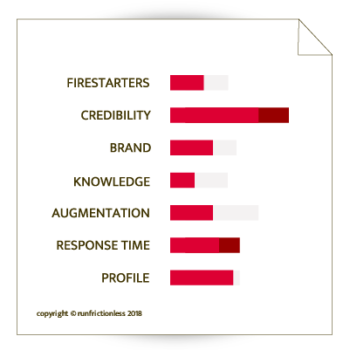
ENTER THE 4QS
The 4Qs is a decision-making framework designed to help founders and sales teams 🏆 scale a business. The 4Qs are short for Four Quadrants. The decision-making framework encourages users to ‘play’ 🕹 or ‘fit one quadrant with another.
Although all four quadrants are distinct, each quadrant is interdependent. A decision made in one quadrant will present decisions to be made in one or more other quadrants.
Quadrant 1 addresses whom we serve. The remaining three Quadrants deal with what we are serving the customer, what we share in common with the customer, and how we serve the customer.
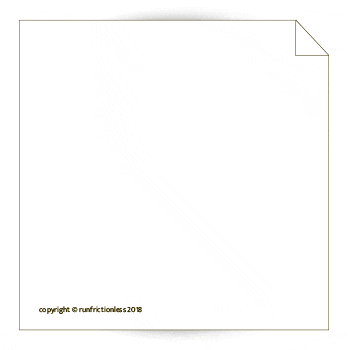

HERE ARE THE
🎚️ LEVERS OF
FRICTIONLESS
CUSTOMER
EXPERIENCE
#1 FIRESTARTERS
Firestarters are concerned with the number of ways a competitor starts 💥 a dialogue with a customer. Each Firestarter, or value proposition, presents a way to begin talking to a customer on their terms, looking at the problem the way they think and feel about it.
In general, the more ways a company has to begin a dialogue with a customer, the more chance it has of creating a customer.
-
🎙️
-
‘I want to message someone, not send an email.’
FRICTION
-
🎙️
-
‘These people understand me’
FRICTIONLESS
#2 CREDIBILITY
Credibility gives customers an assurance the company is trustworthy and likely to 🤞 operate for the foreseeable future. Credibility is more valuable when it is ‘independent’.
So website pages and paid advertising are not very useful, because customers expect these sources to be biased. Two independent sources of credibility are verified reviews and associations.
The more independent voices presented, the greater the credibility of the organization.
-
🎙️
-
‘They have no verified reviews – I am suspicious.’
FRICTION
-
🎙️
-
‘Wow, there are a lot of people talking about the product.’
FRICTIONLESS
#3 BRAND
Packaging, even for internet-only businesses is still important. A customer’s first experience with a product is the 🎁 packaging. The packaging is a cue to the quality of the product.
In a study we conducted in 2017, we tested two groups of buyers. Group A was exposed to consistently branded experiences. Group B was exposed instead to an inconsistently set of interactions. Compared to Group A, Group B was more likely to not buy the product. Those that were inclined to purchase from Group B were more likely to ask for a discount.
Offering a free trial or free product is a way to overcome friction associated with poor branding.
-
🎙️
-
‘If the packaging is ill-conceived, imagine how bad the product will be.’
FRICTION
-
🎙️
-
‘Cool packaging – this product won’t be cheap.’
FRICTIONLESS
#4 PRODUCT KNOWLEDGE
95 percent of the time when we conduct a friction test, the staff working for the organizations we test do not have a clear picture of the product they are serving. When we compare information 📚 found on the website, with replies provided via online chat, telephone, and email, the product information provided is inconsistent.
Inconsistent product knowledge adds friction. Customers form an opinion the product is ill-conceived or worse, they are the organization’s first customer.
Further, staff poorly comprehend customer inquiries, when they do not have a 📸 clear picture of whom they serve. They cannot anticipate the kinds of limitations a customer is likely to encounter. Instead, they add friction by blindly cutting, and pasting replies to suit ‘anyone’.
-
🎙️
-
‘Oh no, they have never sold this product to a customer before.’
FRICTION
-
🎙️
-
‘They really know what they are talking about. This product is for me.’
FRICTIONLESS
#5 PRODUCT AUGMENTATION
Let’s suppose we conduct a friction test 🧐 on an internet startup. We want to test how well they serve small business owners. Listed on the startup pricing page are three packages. Of the three packages, only one package addresses small business owners.
This startup has one chance to make a customer because they have only one product. The sale is a one or a zero – there is no opportunity to create a pipeline using another product.
In general, companies can reduce friction by augmenting the product served to a specific profile. The greater the product augmentation, the greater the chance of creating a customer.
-
🎙️
-
‘It looks complicated and expensive.’
FRICTION
-
🎙️
-
‘They have a free version I can try out.’
FRICTIONLESS
#6 RESPONSE TIME
Assess how fast the customer is served, and how long it takes for a ⌛customer to reach their goal. If you are unable to create a memorable customer experience, then at least make the experience fast. The response time lever is a big opportunity. Companies with inferior products can make sales over companies with superior products. They win based on speed.
Keep an eye out for how long it takes the organization to make its first reply and the total time it takes to help the customer reach the endgame. If the total time exceeds customer expiry, you have a problem.
-
🎙️
-
‘I had to write to them three times before they replied. I’ll never come back again.’
FRICTION
-
🎙️
-
‘Wow, if it is this quick to sign-up, imagine how easy the product will be to use.’
FRICTIONLESS
#7 CUSTOMER PROFILING
In 70 percent of friction tests we conduct, at least one of the competitors tested will fail to serve a customer profile claimed. The organization claims they serve a customer profile on their website, but later refuse ⛔ to serve the customer, or treat the customer profile as a low priority.
There are a few reasons why this happens. For example, an organization continues to advertise they serve a customer profile, even though practically they do not because of changes in a product feature set.
-
🎙️
-
‘They don’t sell the product anymore – a complete waste of my time.’
FRICTION
-
🎙️
-
‘They made me feel like their top customer.’
FRICTIONLESS

get started
using the
4Qs
FREE RESOURCES
SLIDESHARE RESOURCES
Key takeaways

run frictionless
now for only US$995



